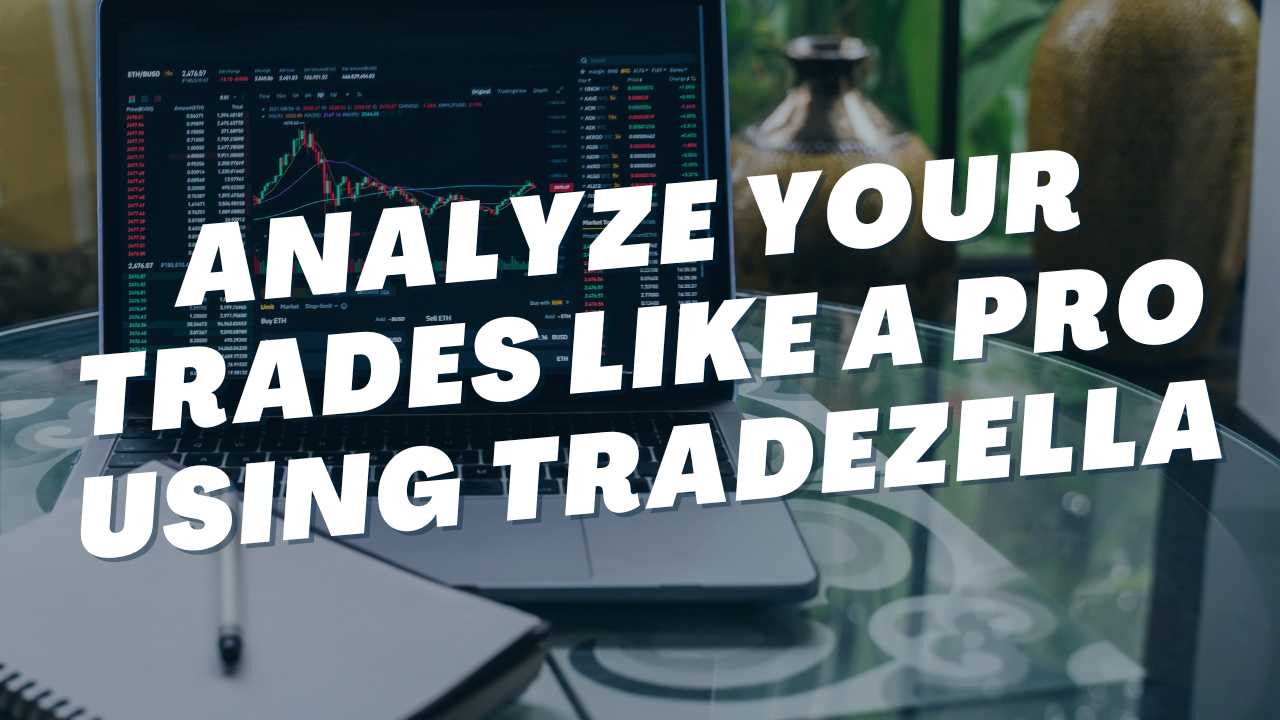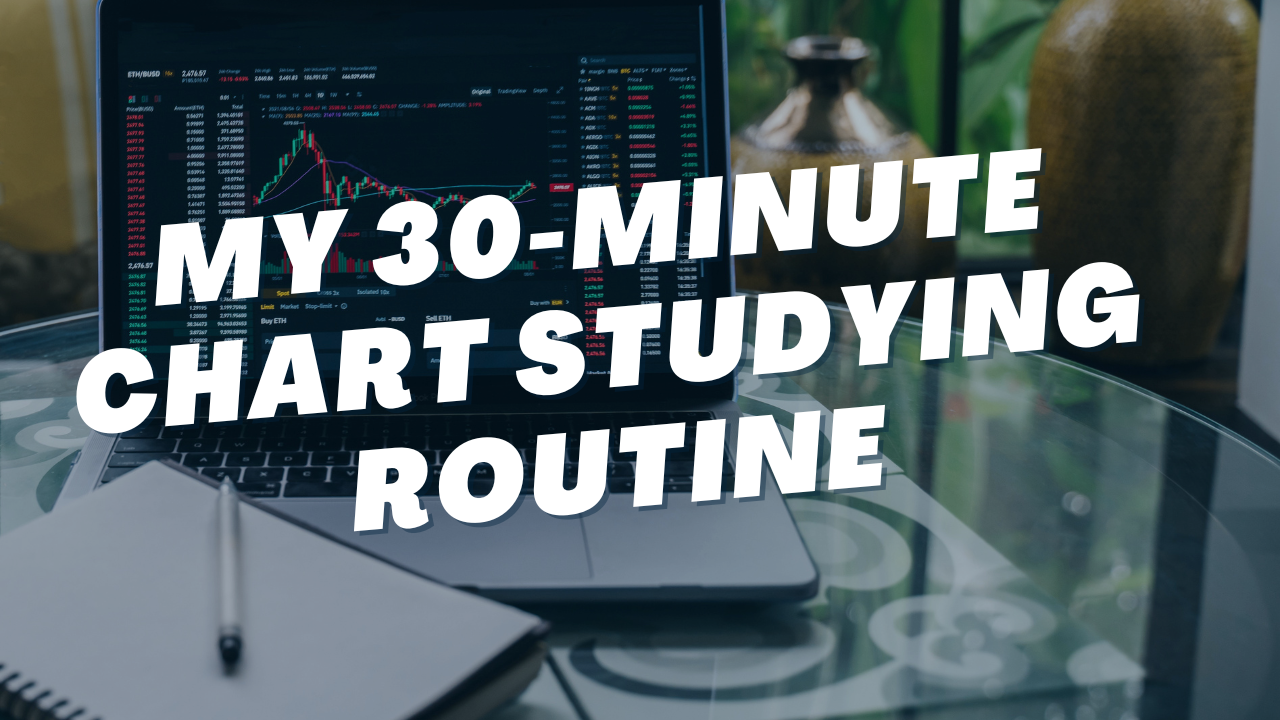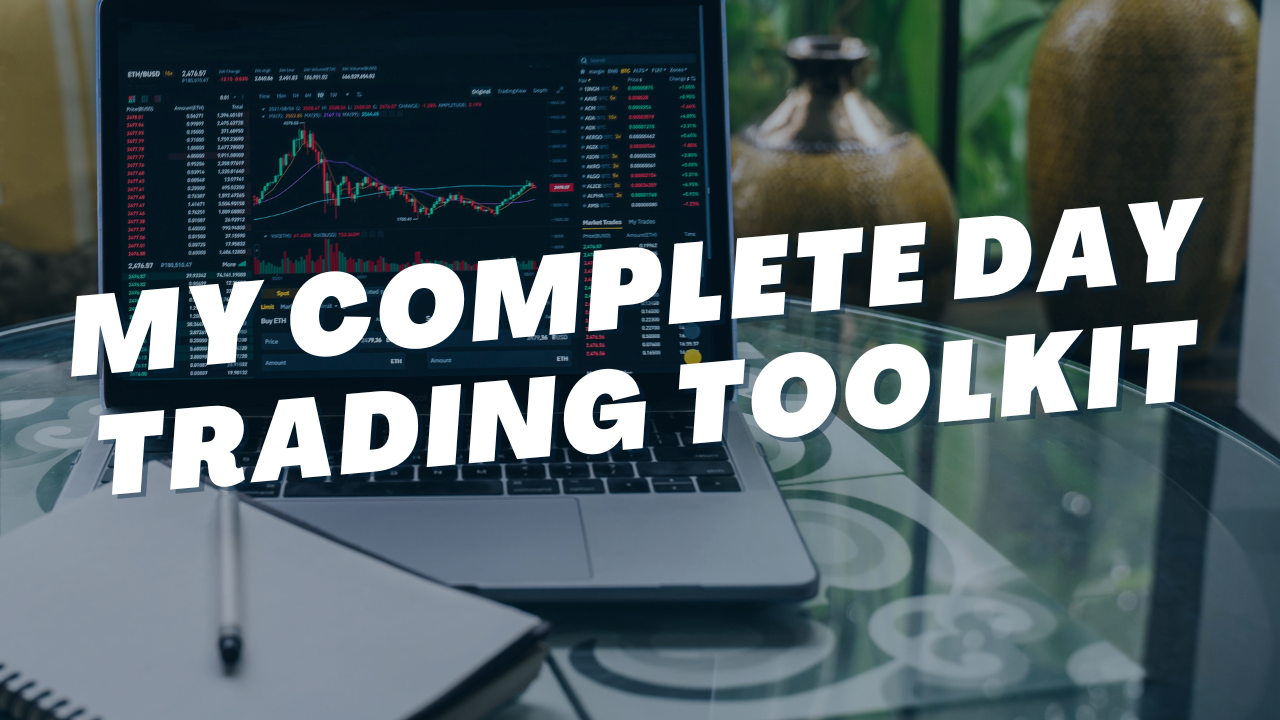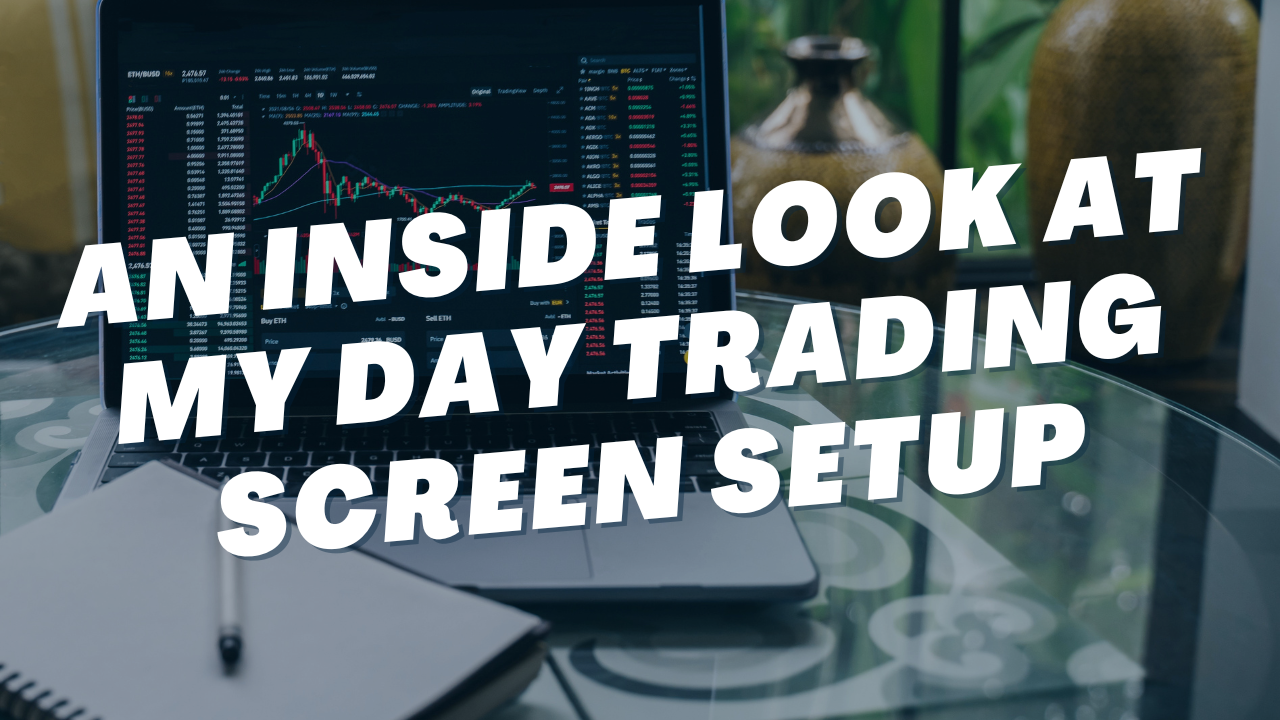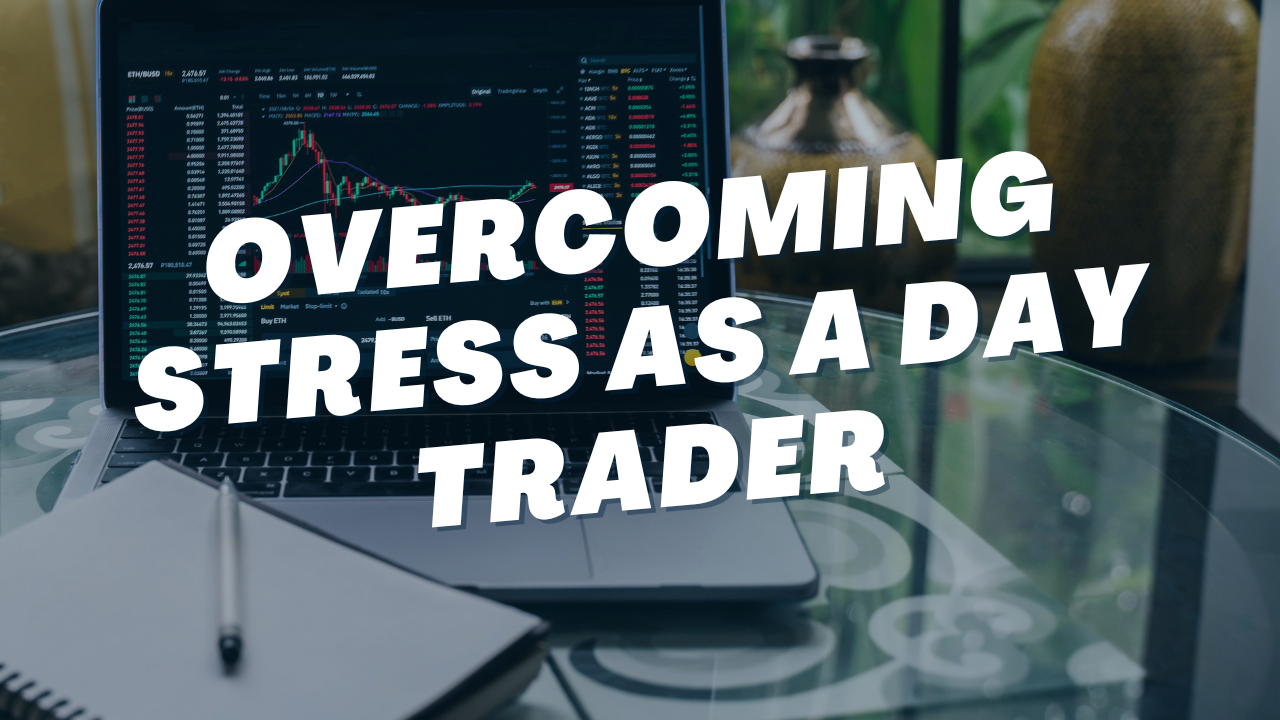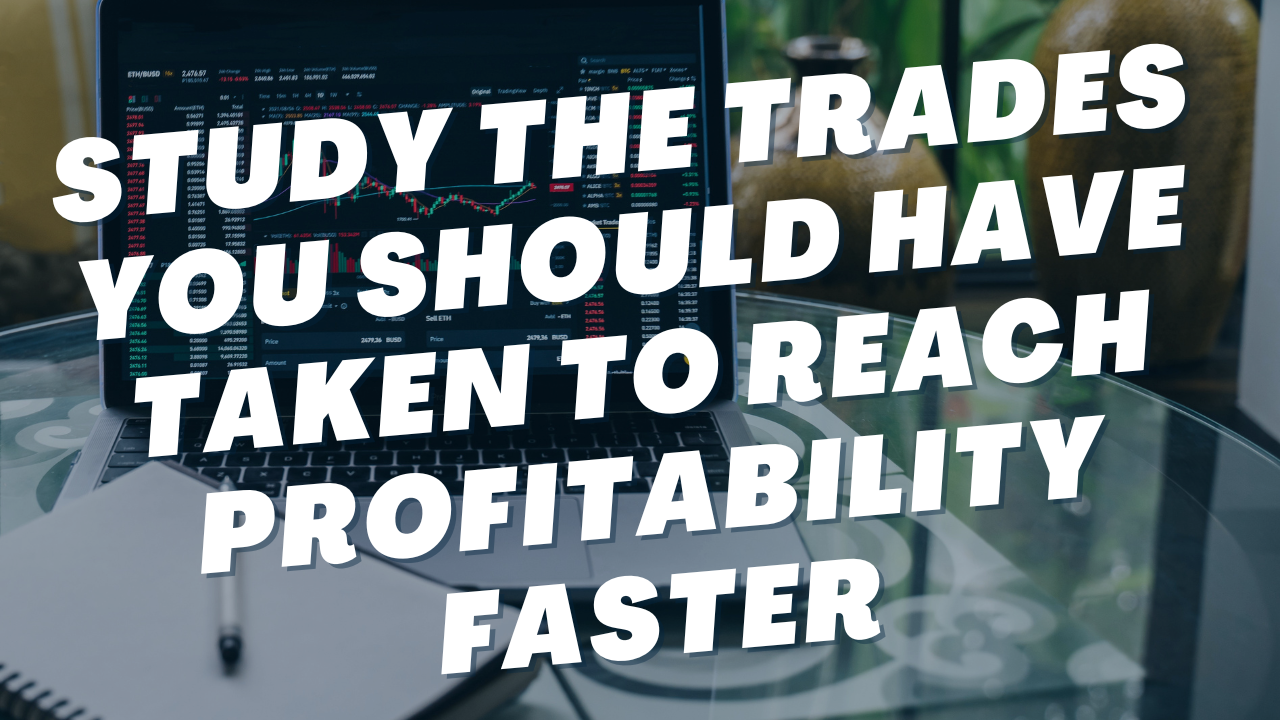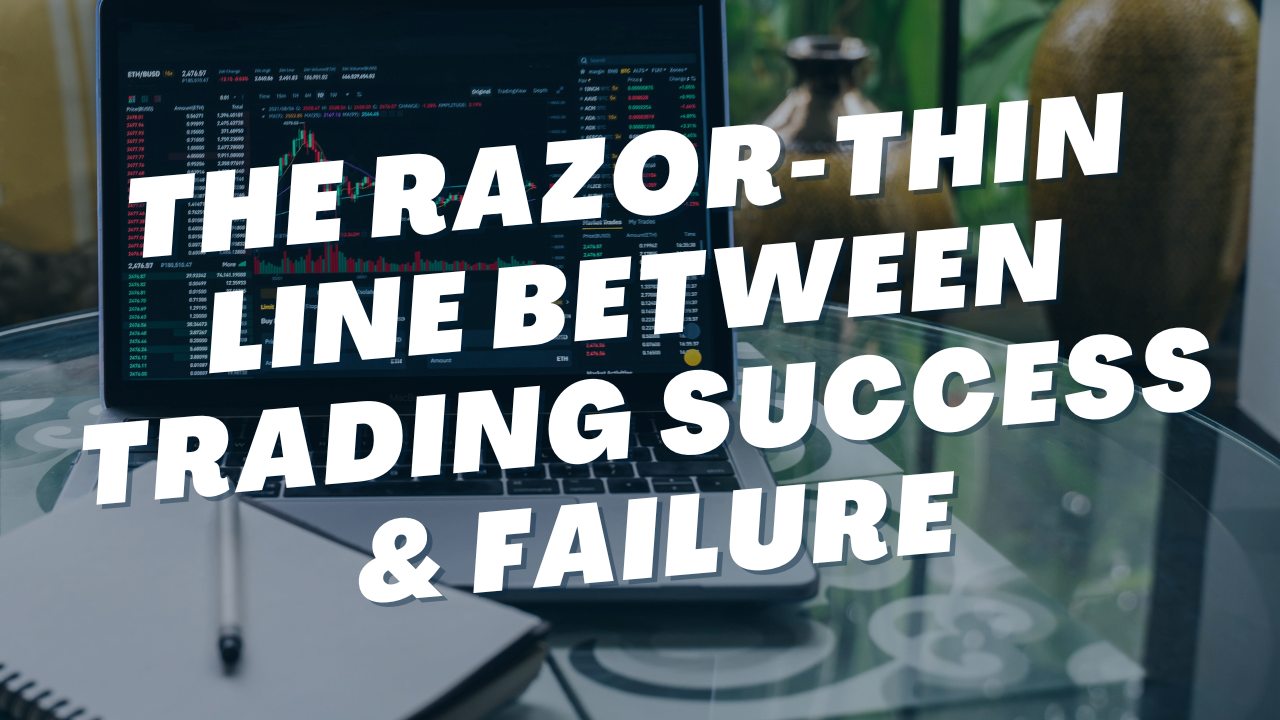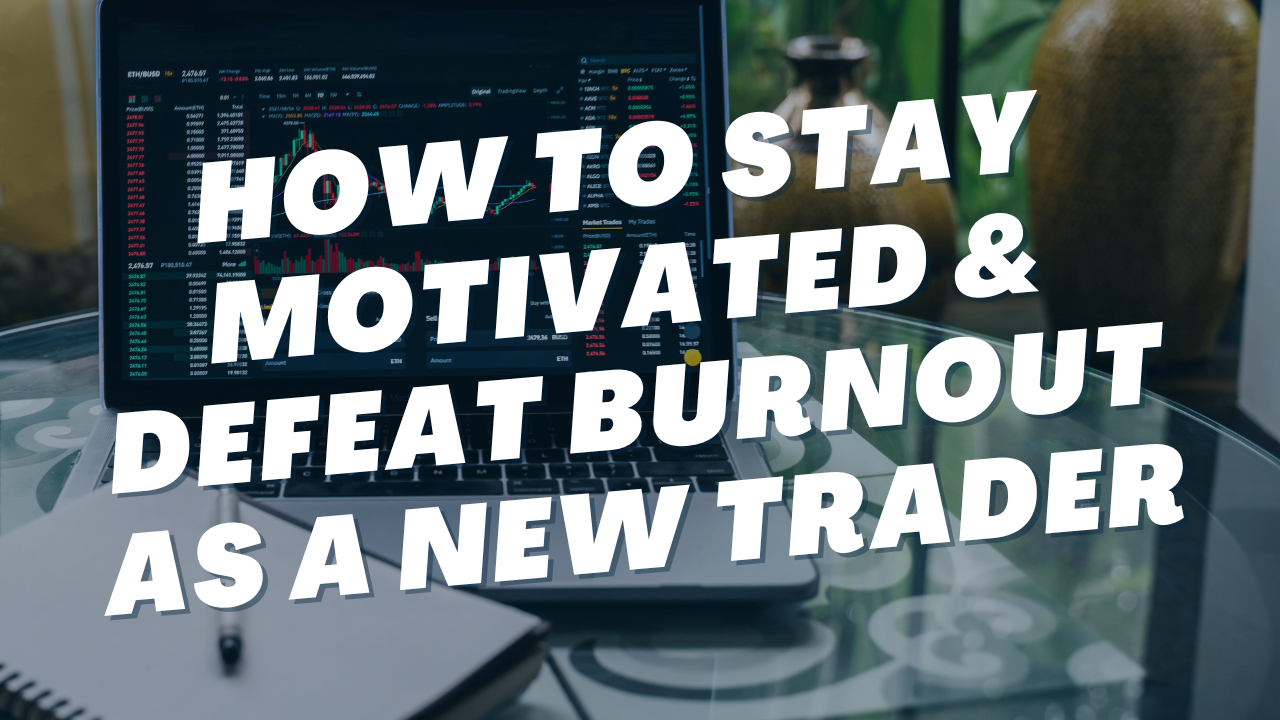My 30-Minute Chart Studying Routine
Read Time: 3 Minutes
Welcome back! I hope you had a great week, and I hope you were able to catch part of the big move up that we saw in the markets.
In this week's newsletter, I thought I'd share my 30-minute study routine with you. It's a simple routine that will help you become a better trader without getting distracted by all the "can't-miss" strategies and techniques being shilled on YouTube and Twitter (which can be a problem for me because I suffer from a severe case of shiny object syndrome).
Here's the study routine that I recommend:
- At the end of the each trading day, pull up that day's chart using your preferred time frame. In my case, it's the 3-minute chart.
- Review the day's price action, and circle the 3-5 best trade setups that you missed. Look for those big moves that look highly predictable in hindsight. (Bonus Tip: Also circle any of your favorite trade setups that turned out to be fakeouts).
- Study each setup individually. When I'm doing it, I set my SPY chart to 15-30 minutes before the setup started, I pull up my watchlist charts, and I open up the option charts that I would have been watching at that time. I get everything setup the same way it is when I'm live trading.
- Go bar-by-bar through each chart. Typically, I'll click the arrows at the bottom of ThinkorSwim to go bar-by-bar, but you can also use a replay tool to watch the price action play out in real time.
- Look for any signals or hints that could have helped you get into the trade. I'm looking at how SPY interacted with my price levels and indicators prior to the move. I'm looking to see if there were price levels on the option charts that could have helped me identify an opportunity or snipe an entry. I'm looking to see if my watchlist charts (VIX, UVXY, AAPL, QQQ, IWM, SPY 5M, SPY 15M) were providing any clues.
- Repeat for each trade setup that you circled.
That's it. It's a pretty simple process, and it really only takes about 30 minutes to complete. It won't turn you into a great trader overnight, but it will help you get a feel for the tendencies of each setup.
And the more you see different trade setups play out, the easier it will become for you to quickly spot the difference between a good setup and a fakeout.
Oh, and by the way, you don't have to focus solely on your trade setups. You can also use this method to identify and learn entirely new setups.
Good luck with the studying, and have a great week!
Eric
Join the Day Trading Inner Circle
Follow along as I strive to become a profitable day trader. Every Sunday, I send out an email with my weekly trading stats plus the most important learning resources that I discovered that week. Drop your email in the box below to join the inner circle.
Home Newsletter Signup
Previous Issues of Side Hustle Steroids
